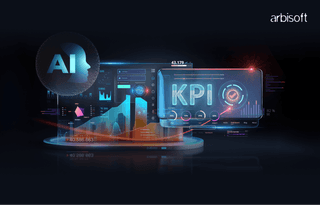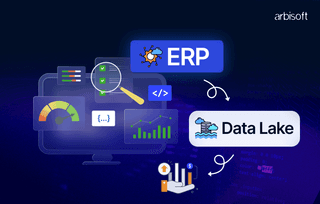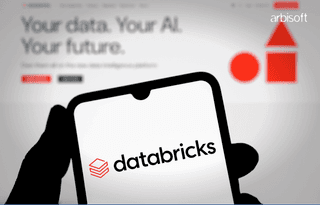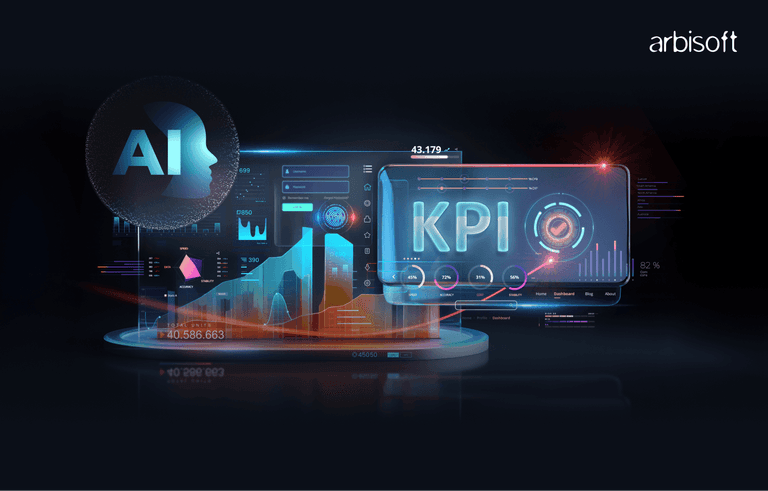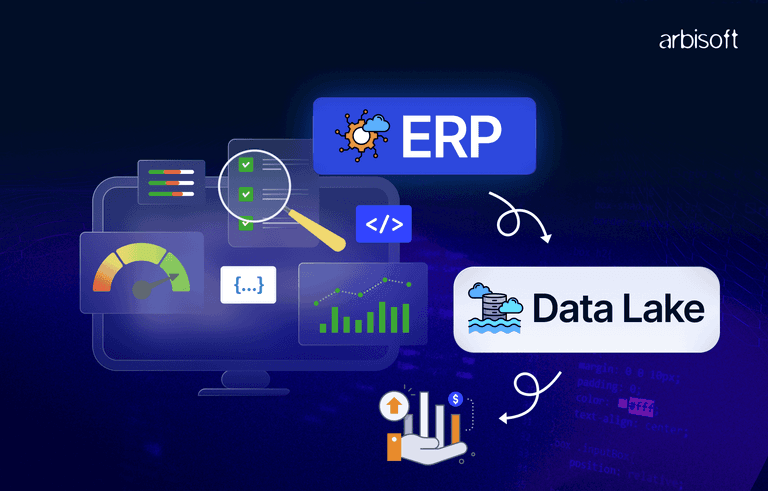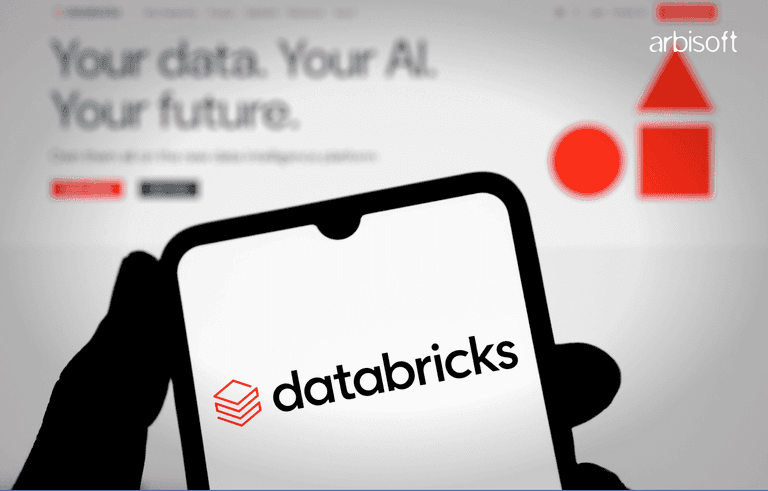We put excellence, value and quality above all - and it shows




A Technology Partnership That Goes Beyond Code

“Arbisoft has been my most trusted technology partner for now over 15 years. Arbisoft has very unique methods of recruiting and training, and the results demonstrate that. They have great teams, great positive attitudes and great communication.”
Freemium vs. Paid Apps: How to Choose the Right Pricing Strategy for Your App
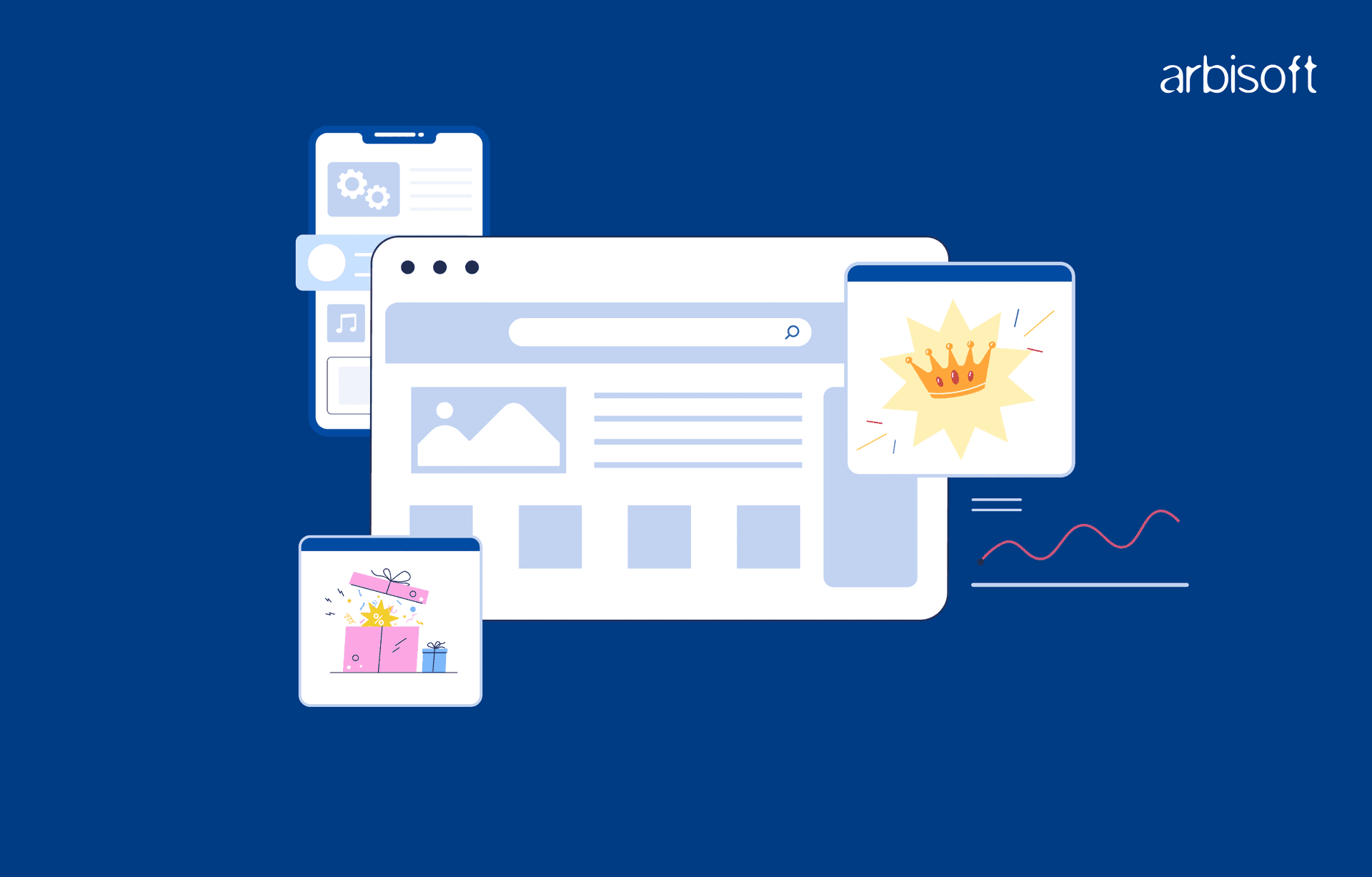
Picture this: you’ve poured months into developing an app that solves a real problem or offers a unique experience. Now, as the launch date gets closer, there’s one big question looming over your head - How do I price it?
Should you let people download it for free and try to earn through features or ads? Or should you charge for it upfront, ensuring instant revenue? It’s a tough decision, but one that will directly impact how users see your app and how you earn from it.
Let’s break it all down to help you choose the best pricing strategy - freemium or paid.
Understanding the Two Models
Before diving into which one works for your app, let’s get clear on what each strategy means:
Freemium Apps
Freemium apps are free to download and use, but they charge for extra features, premium services, or upgrades. Think of apps like Spotify or Canva. You get the basics for free but pay if you want a better experience - like ad-free listening or exclusive tools.
Paid Apps
Paid apps require users to pay upfront before they can download. Once purchased, users typically get full access without needing to pay extra later. Popular examples include Procreate (a design app) and Monument Valley (a game).
Each model has its strengths and challenges, and the right choice depends on your app's purpose and audience.
Why Choose Freemium?
Freemium apps have become a go-to strategy for many developers. Here’s why:
The Benefits of Freemium
1. Easier to Attract Users
Since it’s free, more people are likely to download your app without hesitation. This is great for reaching a large audience.
2. Multiple Income Streams
You can earn money through in-app purchases, subscriptions, or even ads.
3. Trust-Building
Users can try your app without risk, which builds trust and increases the chance they’ll pay for upgrades.
4. Valuable Feedback
A bigger user base means more data on how your app is used, helping you improve and grow.
The Challenges of Freemium
1. Few Paying Users
Most people stick to the free version. Usually, only 2-5% of users pay for extras.
2. Higher Costs
Supporting a large number of free users can get expensive, especially if your app needs servers or customer support.
3. Balancing Free vs. Paid
Give away too much for free, and users won’t upgrade. Give away too little, and they might uninstall the app.
4. Delayed Revenue
It can take time before you start earning enough money to cover your costs.
Why Choose Paid?
Paid apps are simple - you charge upfront for access. But this approach is not without its own hurdles.
The Benefits of Paid Apps
1. Instant Revenue
You start making money as soon as someone downloads your app.
2. High Perceived Value
People often believe that if an app costs money, it’s worth more than free alternatives.
3. Dedicated Users
Users who pay are more likely to value and stick with your app.
4. No Ads or Complexities
You don’t have to worry about managing ads or extra purchases.
The Challenges of Paid Apps
1. Fewer Downloads
Many people hesitate to pay upfront, especially if they aren’t sure about the app’s quality.
2. Marketing Efforts
You’ll need strong marketing and great reviews to convince users your app is worth the price.
3. One-Time Revenue Limit
Unless you add in-app purchases or subscriptions later, your earning potential is capped.
4. Tough Competition
If there are free alternatives, it’s hard to stand out.
How to Decide Between Freemium and Paid
Choosing the right model comes down to understanding your app’s goals, audience, and market. Here are some key factors to consider:
Who Is Your Audience?
- Freemium works well for a general audience who may not want to spend money upfront.
- Paid is better for niche audiences who need high-quality tools and are willing to pay for them.
What Does Your App Offer?
- Freemium fits apps that rely on continuous engagement or social interaction, like games or fitness apps.
- Paid works for apps that deliver immediate, clear value, like professional tools or specialized services.
How Competitive Is Your Market?
- If most apps in your category are free, freemium might be necessary to compete.
- If your app offers unique features, paid pricing can work even in competitive markets.
What’s Your Monetization Goal?
- If you want steady, long-term income, freemium lets you explore multiple revenue streams.
- If you need upfront cash, paid pricing gets you there faster.
Advanced Metrics to Watch
When you’re trying to figure out the right pricing model for your app, simply focusing on revenue and downloads isn’t enough. You need to dig deeper. To really understand your app’s performance, you have to track some important metrics. These can guide your decisions and help you figure out what’s working and what needs fixing.
Here are some key metrics that give you the full picture:
1. Customer Acquisition Cost (CAC)
How much are you spending to get each new user? This is especially crucial for freemium apps. Since you’re giving away your app for free to many users, you want to make sure the cost of getting them doesn’t outweigh the value they bring.
Why It’s Important:
- For freemium apps, you might spend a lot upfront to get users, but the idea is that, eventually, more users will upgrade to a paid plan.
- For paid apps, your CAC might be lower, but you still need to make sure you’re getting quality users who will stick with your app.
How to Improve CAC:
- Look at where your users are coming from. Some marketing channels, like social media or content marketing, might bring in users at a lower cost than others like paid ads.
- Consider referral programs or offering incentives to your existing users to bring in their friends and family. It’s cheaper than paying for ads.
2. Conversion Rate
This tells you what percentage of free users actually decide to upgrade to a paid version. If your conversion rate is low, it means your free app is either too generous or the premium features aren’t compelling enough.
Why It’s Important:
- If your conversion rate is low, you might want to rethink your free plan. Maybe you’re giving away too much for free, and users don’t see enough value in paying for the full version.
- A higher conversion rate means your paid features are actually solving users' problems in a way that makes them want to pay.
How to Improve Conversion Rate:
- A/B Testing: Experiment with different pricing plans or different versions of your features to see what works best.
- Clear Value: Show users exactly what they’re getting with the paid plan. If they see the value in upgrading, they’re more likely to do it.
3. Churn Rate
The churn rate is the percentage of users who stop using your app after a certain time. If your churn rate is high, it’s a red flag. For freemium apps, this could be normal because some users will always drop off. But for paid apps, high churn means users aren’t finding enough value to stick around.
Why It’s Important:
- For freemium apps, churn can happen among free users, but you should focus on reducing churn for those who are close to upgrading.
- For paid apps, high churn is a direct threat to your revenue. If users are canceling quickly after subscribing, it’s time to figure out why.
How to Improve Churn Rate:
- Improve Onboarding: Make sure new users understand how to use the app and see its value immediately.
- Personalization: If your app can adapt to individual users, they’re more likely to stick around. Simple changes like recommending content based on their preferences can make a big difference.
- Engagement Reminders: Regular updates, email reminders, or in-app messages can help keep users engaged, especially if they’re close to dropping off.
4. Lifetime Value (LTV)
Lifetime value measures how much money you expect to make from a customer over their entire relationship with your app. This metric helps you figure out how much you can afford to spend on acquiring users.
Why It’s Important:
- If you have a high LTV, it means users are sticking around longer and spending more. This allows you to invest more in customer acquisition and marketing without losing money.
- For freemium apps, a higher LTV means the free users are eventually converting, and those conversions add up over time.
How to Improve LTV:
- Upselling: You don’t have to wait for users to upgrade to a premium plan – you can offer them additional paid features that make their experience better.
- Loyalty Rewards: Offering rewards for long-term users, like discounts or exclusive features, can keep them coming back and increase their spending over time.
5. DAU/MAU (Daily Active Users/Monthly Active Users)
This is a simple but powerful metric. It shows how many people are using your app daily vs. monthly. The DAU/MAU ratio is a good indicator of how sticky your app is. The higher the ratio, the more likely users are coming back regularly.
Why It’s Important:
- For freemium apps, high DAU/MAU ratios show that users are engaging with your app consistently, which increases the likelihood of them upgrading.
- For paid apps, a higher DAU means users are getting real value out of their purchase, making them more likely to renew subscriptions.
How to Improve DAU/MAU:
- Gamification: Introduce elements like badges, challenges, or leaderboards to make your app more fun and engaging.
- Push Notifications: A gentle reminder about new features or content can bring users back and keep them engaged with your app.
- Regular Updates: Fresh content or new features keep users interested and excited to open the app.
6. Net Promoter Score (NPS)
NPS asks users how likely they are to recommend your app to others. It’s a great way to understand user satisfaction and loyalty. A high NPS score shows that users love your app and are likely to share it with others, helping you get organic growth.
Why It’s Important:
- A high NPS means your users trust your app and are likely to spread the word, which can help you get new users without spending money on marketing.
- For paid apps, NPS can also reflect the quality and usefulness of your app. If users are recommending it, it’s a good sign that they’re seeing value in their purchase.
How to Improve NPS:
- Act on Feedback: Regularly ask users for feedback and implement their suggestions. If users see that their opinions matter, they’ll be more likely to recommend the app.
- Customer Support: Great customer support makes users feel valued, improving their overall experience and boosting NPS.
What’s Trending in Pricing?
Subscriptions: Apps like Netflix and Duolingo are proving that subscription models work well for consistent income.
Tiered Freemium: Many apps now offer different levels of paid plans to cater to a wide range of users.
Pay-As-You-Go: This model is becoming popular for productivity tools, charging users based on usage.
AI-Powered Pricing: Some apps use AI to offer personalized prices based on user behavior.
Real-Life Examples
Here are some real-life examples demonstrating the power of different pricing models:
Freemium Success: Spotify
Spotify hooks users with a free version and then entices them to upgrade with perks like ad-free listening and offline downloads.
Paid Success: Procreate
Procreate charges a one-time fee but backs it up with powerful, easy-to-use tools for professional designers, making it a top choice in its category.
Hybrid Success: Dropbox
Dropbox gives users a free basic plan but offers premium options for those who need more storage, balancing reach and revenue.
Final Thoughts
Freemium or paid - there’s no one-size-fits-all answer. Freemium helps you attract a big audience and build long-term revenue streams, but it takes time to pay off. Paid apps deliver immediate income but limit your initial reach. Whether you’re developing a web app, mobile app, or a cross-platform solution, choosing the right pricing model is crucial.
The key is to understand your audience, the value your app offers, and your long-term goals. Take the time to research, experiment, and adapt. With the right strategy and by collaborating with expert software consulting services, you can find the sweet spot that works for both your app and its users.








